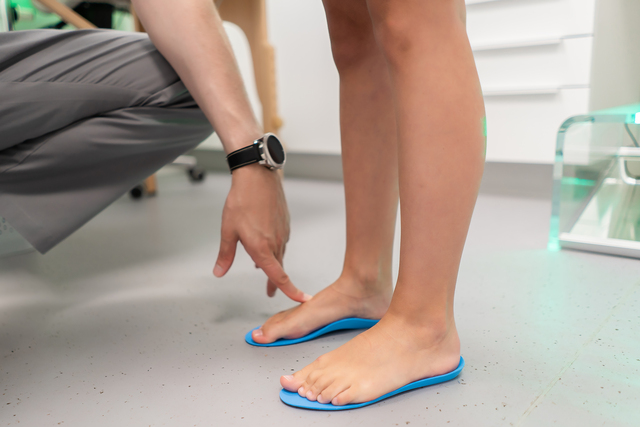
Origins of reconstructive rhinoplasty: Ancient India
History of nose jobs
Rhinoplasty, or the nose job, is one of the oldest forms of cosmetic surgery, originating in Ancient Egypt and India thousands of years ago. History of nose jobs is fascinating because of how common they were in multiple ancient civilizations. The nose always has a special place in determining someone’s beauty. We can observe how much rhinoplasty was always influenced by the culture it was developed in. We will explore the pioneering figures and breakthrough techniques that have contributed to the evolution of this intricate surgery.
Ancient beginnings
Some of the first records of reconstructive plastic surgery can be found in ancient India, in around 600 BC. Sushruta, the founder of ancient Hindu Ayurveda medicine is also frequently dubbed to be the founding father of plastic surgery. He wrote one of the founding Sanskrit texts in the field of medicine, where he detailed, among others, rhinoplasty. It included taking a part of skin from the cheeks and constructing it into a new nose.
Nose jobs in ancient Egypt employed rudimentary tools and herbal antiseptics to perform nasal surgeries, often caused by injuries from battles or punishments. The procedures, though primitive by modern standards, demonstrated remarkable skill and understanding of human anatomy. Egyptian physicians, who were highly respected and often considered to be divinely inspired, carefully documented their methods and outcomes. This early form of rhinoplasty highlights the Egyptians' innovative approach to medicine and their significant contributions to the foundation of reconstructive surgical techniques.

Egyptians were pioneers in rhinoplasty
Medieval and Renaissance developments
During Medieval times and the Islamic Golden Age, much advancements were brought to Europe in the field of medicine. Al-Zahwari introduced over 200 new medical tools, including scalpels and surgical knives, which were incorporated into the praxis of rhinoplasty in the Renaissance period by Tagliacozzi, the father of modern plastic surgery. Tagliacozzi and his predecessors took a lot of inspiration from the ancient Indian doctor Sushurta, whose texts were translated from Sanskrit, but with modern tools they were able to advance the field of rhinoplasty.

Button nose is admired
19th and 20th Centuries
The 19th century witnessed the emergence of modern medical techniques that revolutionized surgical practices, particularly with the development of anesthesia and antiseptics. These advancements significantly reduced patient pain and the risk of infection, transforming the field of surgery. Amid these innovations, Karl Ferdinand von Graefe made notable contributions to rhinoplasty. Known as a pioneer in plastic surgery, von Graefe refined techniques for reconstructing the nose, which were vital for patients disfigured by disease or trauma. His methods laid the groundwork for modern reconstructive surgery, emphasizing precision and improved outcomes. The synergy of these medical breakthroughs set the stage for contemporary surgical practices, enhancing patient safety and expanding the possibilities within the field.
Post-World War I advancements in rhinoplasty were driven by the urgent need to treat soldiers with severe facial injuries. Surgeons like Harold Gillies and later his cousin, Archibald McIndoe, made significant strides in reconstructive surgery. They developed innovative techniques to rebuild noses, addressing both function and aesthetics. Gillies' pioneering work in skin grafting and flap techniques laid the foundation for modern plastic surgery. These procedures were not only life-changing for injured soldiers but also advanced the overall field of rhinoplasty. The war catalyzed the evolution of surgical methods, leading to more refined and successful outcomes, which benefitted civilian patients as well. This period marked a crucial turning point, making rhinoplasty a more sophisticated and reliable medical practice.

Nose jobs becoming common
Mid to late 20th century
The mid to late 20th century saw significant advancements in rhinoplasty, driven by both technological progress and the influence of Hollywood and mass media. With the advent of more refined surgical instruments and techniques, such as closed rhinoplasty and the use of silicone implants, outcomes became more predictable and aesthetically pleasing. These medical advancements coincided with the rise of Hollywood as a cultural powerhouse, where the influence of film and television brought facial aesthetics to the forefront of public consciousness.
Celebrities with surgically enhanced noses set new beauty standards, leading to a surge in the popularity of rhinoplasty among the general public. Media power houses propagated this idea, and suddenly, people were seeking nose jobs like never before. This cultural shift made rhinoplasty more socially acceptable and desirable, contributing to its popularity and mainstream appeal.
Surgeons, responding to this demand, continued to innovate, developing techniques that minimized scarring and recovery time while improving precision. Consequently, rhinoplasty evolved from a primarily reconstructive procedure to a common cosmetic surgery, due to everchanging attitudes about our own bodies, insecurities and beauty standards.

Angelina Jolie, one of the most beautiful women
Rhinoplasty today
Today, with anesthetics and modernized tools, rhinoplasty is perfectly safe and common. With nose jobs and nose reshaping, many people found new confidence and self-love. Better sleep, resolving breathing problems and better appearance are all reported to be effects of rhinoplasty. If you’re thinking about getting a nose job, contact us and we will make sure you have the best treatment!






Add Comment